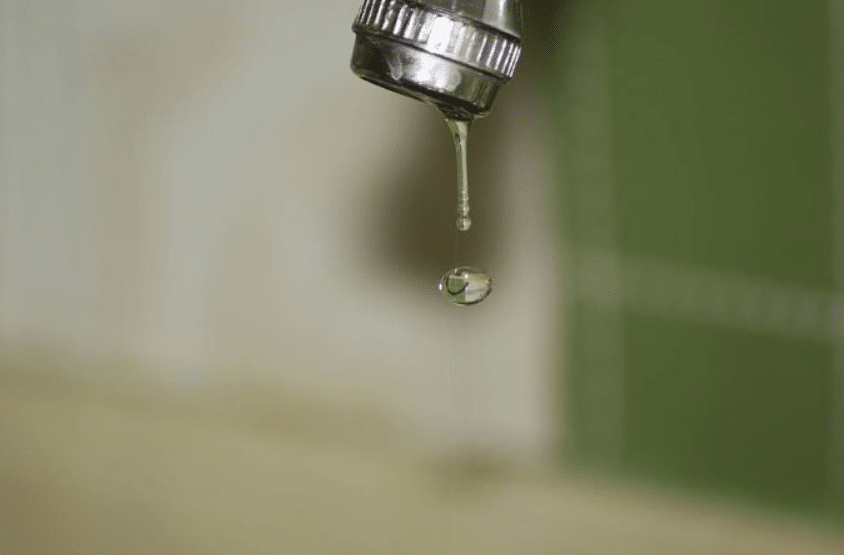Your Residential Common Common Leak Factors: Analysis
Your Residential Common Common Leak Factors: Analysis
Blog Article
Just about every person maintains their unique views about How Fast Water Damage Can Ruin Your Home.

Leaks not only cause waste of water but can additionally cause unnecessary damages to your home and promote undesirable organic development. Water leaks might go unnoticed since most of the pipework in our residence is concealed. By understanding and looking for day-to-day scenarios that create leaks, you can shield your home from future leakages and unnecessary damages. Today, we will take a look at 6 leak triggers that might be causing your pipes to leak.
Encroaching origins
The majority of water leaks begin outside your house instead of inside it. If you discover a sudden reduction in water stress, claim in your faucet, require time to head out and also examine your yard. You could notice wet spots or sinkholes in your backyard, and that might mean that tree origins are attacking water lines causing water to leak out. You can have your plumber check for invasion, particularly if you have trees or shrubs near your home.
Corroded water systems
This might be the cause of staining or warping on your water pipes. If our plumbing system is old, take into consideration changing the pipes given that they are at a higher threat of rust than the more recent models.
Malfunctioning Pipe Joints
The factor at which your pipelines connect is regularly the weakest link in the waterline. Pipe joints can wear away over time, leading to water leakages. The bulk of pipe joints are not easily noticeable. If you have loud pipes that make ticking or banging noises, particularly when the hot water is switched on, your pipeline joints are possibly under a great deal of stress. It is suggested to have your plumber evaluate your system annually.
Instant temperature changes.
Severe temperature level adjustments in our pipelines can create them to broaden and get all of a sudden. This development as well as contraction might trigger splits in the pipelines, particularly if the temperature are below freezing. If you maintained an eye on how your plumbing works, it would be best. The existence of the formerly stated conditions frequently suggests a high threat.
Poor Water Connectors
At times, a leak can be brought on by loose pipes as well as pipelines that supply your home appliances. Generally, changing is what creates the loose water Connections. You may locate in the case of a cleaning equipment, a tube might spring a leakage because of trembling during the spin cycle. In case of a water links leakage, you may discover water running directly from the supply line or pools around your appliances.
Obstructed Drains
Clogged drains could be annoying as well as inconveniencing, yet they can in some cases wind up creating an overflow leading to burst pipes. Keep eliminating any type of products that may decrease your drains that might clog them to avoid such hassles.
All the above are reasons for leakages but not all water leakages arise from plumbing leakages; some leaks might originate from roof covering leakages. All leaks should be fixed promptly to prevent water damage.
Leakages not only create waste of water however can also create unnecessary damages to your house and advertise unwanted organic development. By looking and comprehending for everyday circumstances that create leaks, you can protect your residence from future leakages as well as unneeded damage. Today, we will look at six leakage causes that might be causing your pipes to drip.
At times, a leak can be created by loose pipes and pipelines that provide your home appliances. In situation of a water links leakage, you may see water running directly from the supply line or pools around your home appliances.
How To Check For Water Leak In Your Home
How To Check for Leaks
The average household's leaks can account for nearly 10,000 gallons of water wasted every year and ten percent of homes have leaks that waste 90 gallons or more per day. Common types of leaks found in the home are worn toilet flappers, dripping faucets, and other leaking valves. These types of leaks are often easy to fix, requiring only a few tools and hardware that can pay for themselves in water savings. Fixing easily corrected household water leaks can save homeowners about 10 percent on their water bills.
To check for leaks in your home, you first need to determine whether you're wasting water and then identify the source of the leak. Here are some tips for finding leaks:
Take a look at your water usage during a colder month, such as January or February. If a family of four exceeds 12,000 gallons per month, there are serious leaks.
Check your water meter before and after a two-hour period when no water is being used. If the meter changes at all, you probably have a leak.
Identify toilet leaks by placing a drop of food coloring in the toilet tank. If any color shows up in the bowl after 10 minutes, you have a leak. (Be sure to flush immediately after the experiment to avoid staining the tank.)
Examine faucet gaskets and pipe fittings for any water on the outside of the pipe to check for surface leaks.
Undetected water leaks can happen without the home or business owner even realizing. If you suspect a water leak, but not able to find the source. It is time to contact a professional water leak detection service, The Leak Doctor.
How To Find a Water Leak In Your Home
https://www.leakdoctor.com/blog/How-To-Check-For-Water-Leak-In-Your-Home_AE197.html

I was shown that article on Common Water Leaks In House from an associate on our other site. Loved our blog entry? Please share it. Let another person locate it. Kudos for your time. Visit us again soon.
Secure top-grade service. Report this page